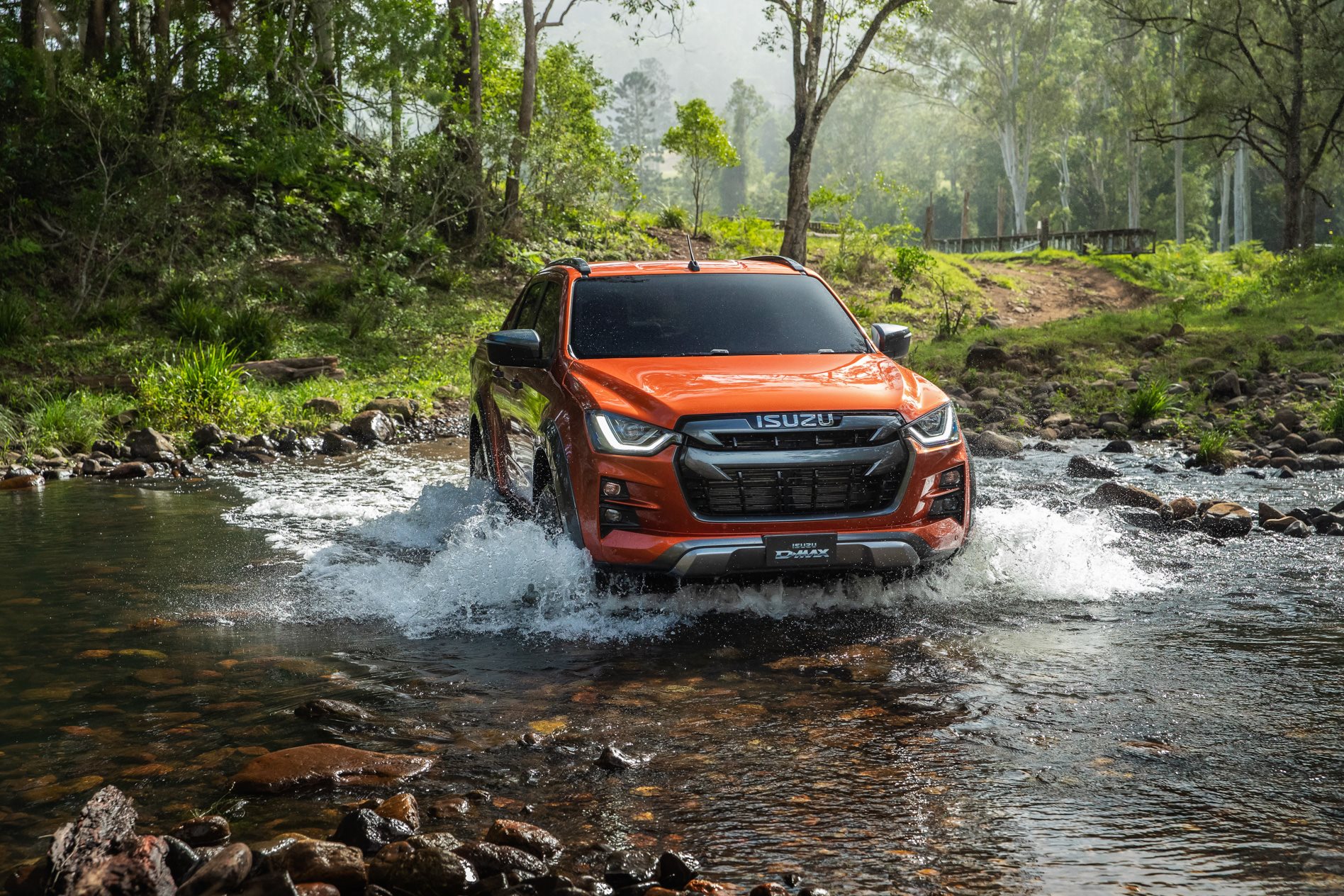
You might be surprised to learn that, although SUVs account for the majority of new vehicles sold in Australia (more than half), it is not a specific SUV or crossover model that represents the nation’s individual favourite each month.
That title is actually tussled over by two dual-cab ute models.
Instead of the once traditional large sedan or wagon, more Australians are looking to the one-tonne pick-up market to find their next family car, and you might be one of them.
Here’s why Australia loves the dual-cab ute and some of the reasons a tough truck might be your perfect next car.
Dual-cab advantages
Versatility
Today’s dual-cab is not the agricultural one-trick workhorse that it used to be and instead, most of the mainstream manufacturer’s offerings are the Swiss army knives of the showroom.

There’s still the load area for dogs and equipment as well as hefty towing muscle, but the utilitarian function that earned the segment its name is added to with comfortable interiors and cutting edge safety.
That’s why many owners put their dual cab to work as the family car and tradie truck or adventure machine all on the same four wheels.
Off-road ability
A dual-cab’s high-riding stance and chunky tyres are rarely for show and most models available in the current market offer formidable off-road ability.
While there are two-wheel drive and less hardcore variants on offer, the upper end of the range where dual-cabs duel, is often dominated by four-wheel drive and lots of complementary technology.
Muscle
If you’ve heard the expression ‘one-tonne ute’ it relates to the weight a model can carry in its load tray. It’s not quite that straightforward and not every model will accommodate an even 1000kg, but most will come close if not exceed the load capacity.
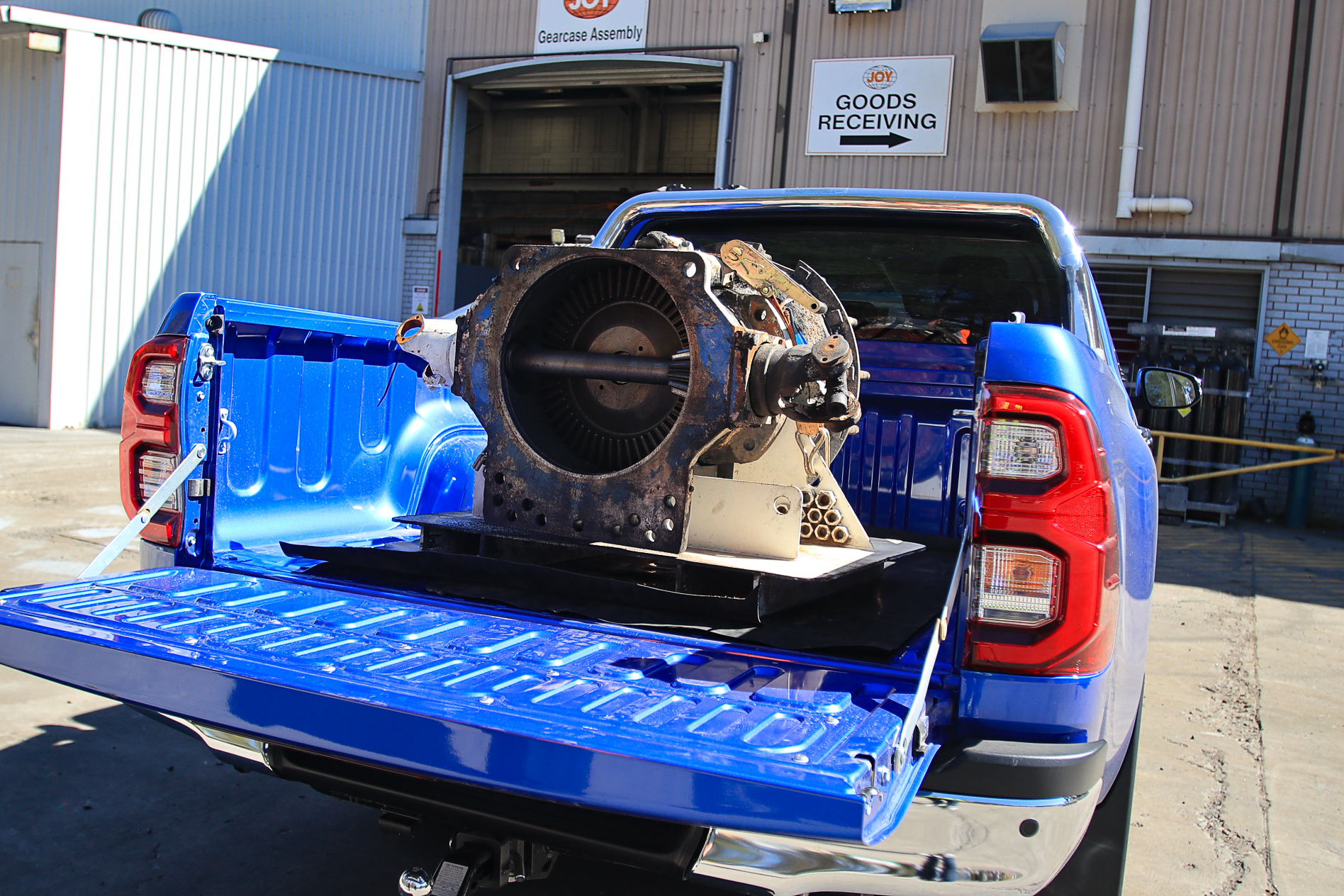
Then there’s the towing capacity. With grunty modern diesel engines under virtually every dual-cab bonnet on sale, 3500kg with a braked trailer is the standard to meet and beat.
Combined with four-wheel drive traction, dual-cabs are for many the towing tool of choice.
Comfort
It might have seemed impossible and perhaps even unnecessary only a few years ago, but modern dual-cab utes are packed full of comfort and convenience features that you would expect to find limited to passenger cars.
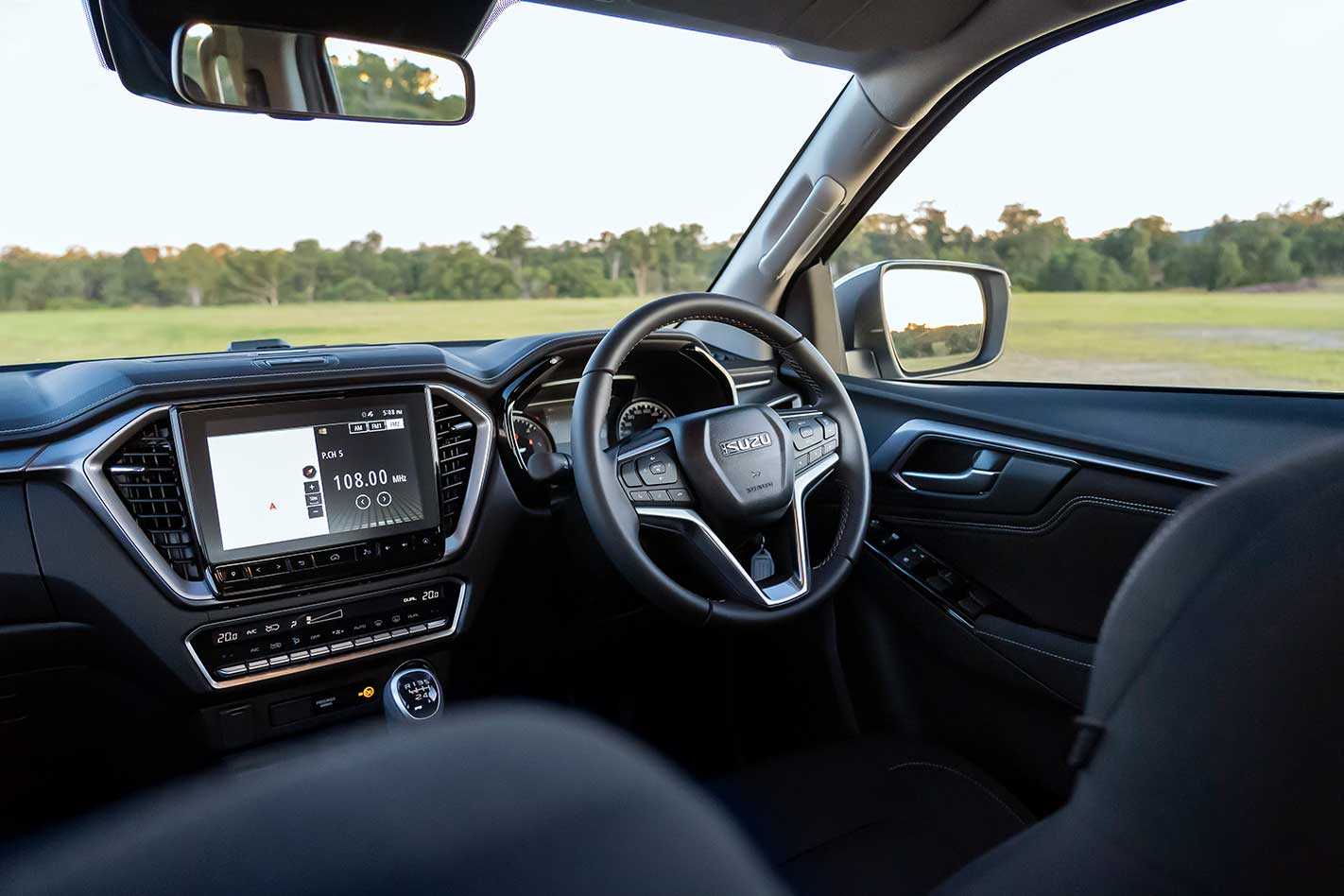
Heated seats, touchscreen information and entertainment systems, electrically adjustable seats with leather upholstery, electric park brake, electric windows, navigation, dual-zone climate control and more – if you’re after any of these features in your next vehicle, you can find them in a dual-cab.
Safety
Dual-cab utes are classed as light commercial vehicles and haven’t always had to play to the same rules as passenger vehicles, including SUVs and sedans. However, Australian consumer demand changed all that and, today, you’ll find an impressive set of driver assistance and active safety technology in many high-end utes.

They’re not quite up to the best standards of cars – the new Isuzu D-MAX is the exception to the rule – but there are still offerings that include autonomous emergency braking, lane-departure warning and driver fatigue monitoring if you look for them.
Dual-cab disadvantages
Ride quality
Heavy-duty suspension systems give dual-cab utes their impressive load hauling and all-terrain ability, but the same stiff springs and strong components can also compromise ride comfort for passengers, particularly those in the rear seats.
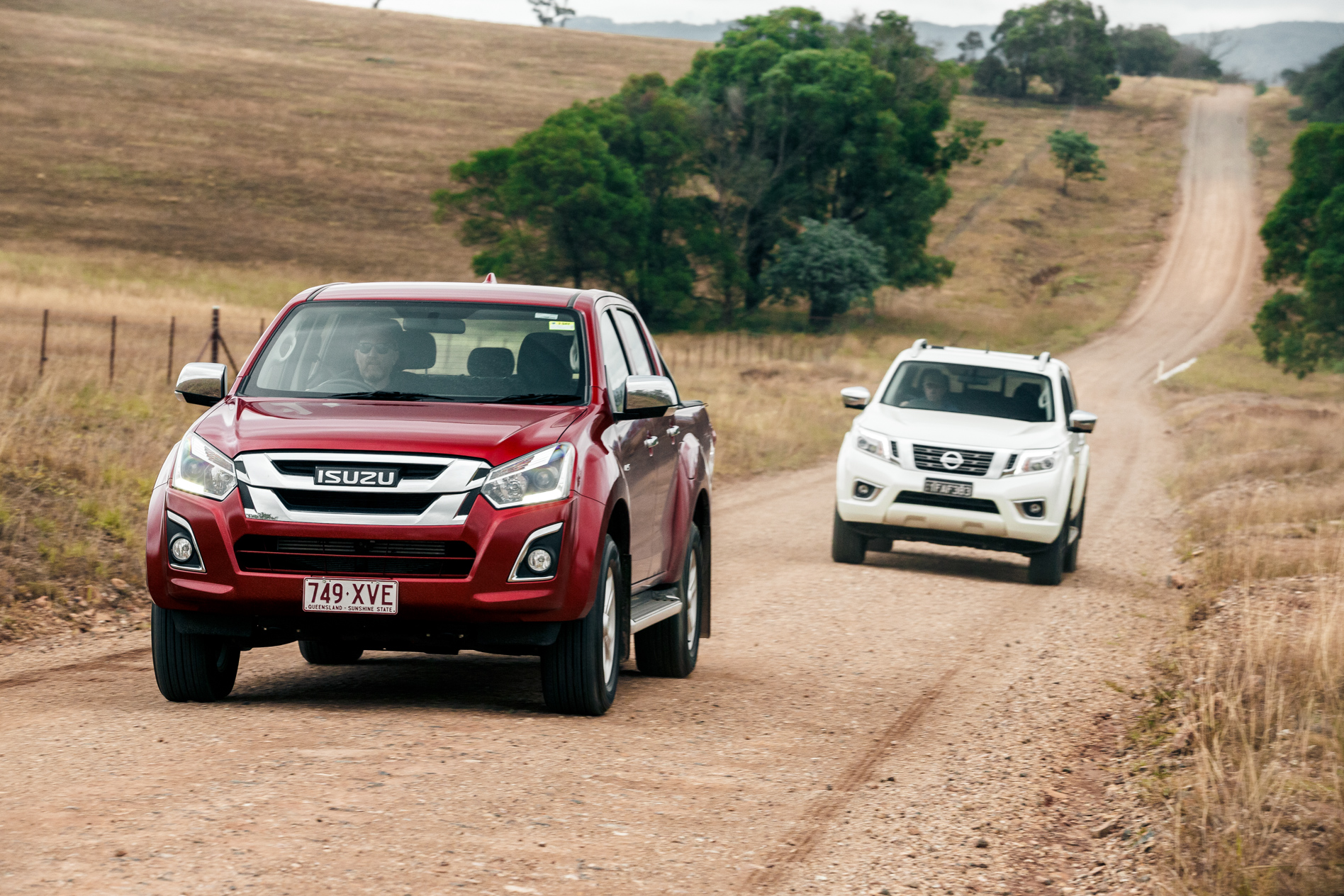
There are a number of models that have been engineered with coil-spring rear suspension including the Nissan Navara and Ford Ranger Raptor but not even they can provide a ride quality as silky as a passenger car.
Running costs
There’s no cheating physics; dual-cabs are big and heavy and with that comes a cost. While the latest diesel engines represent new levels of fuel efficiency, the significant wind resistance of tall bodies, hefty kerb weight and chunky tyres increase fuel consumption and the cost at the bowser.
Light commercial vehicles also command a premium in registration fees and for using some toll roads. That said, if you can fulfill the role of two cars or SUVs with one ute, some of that cost can arguably be offset.
Size
While the generous proportions of a dual-cab ute are, in many cases, the core of their versatility and function, size also has its disadvantages.
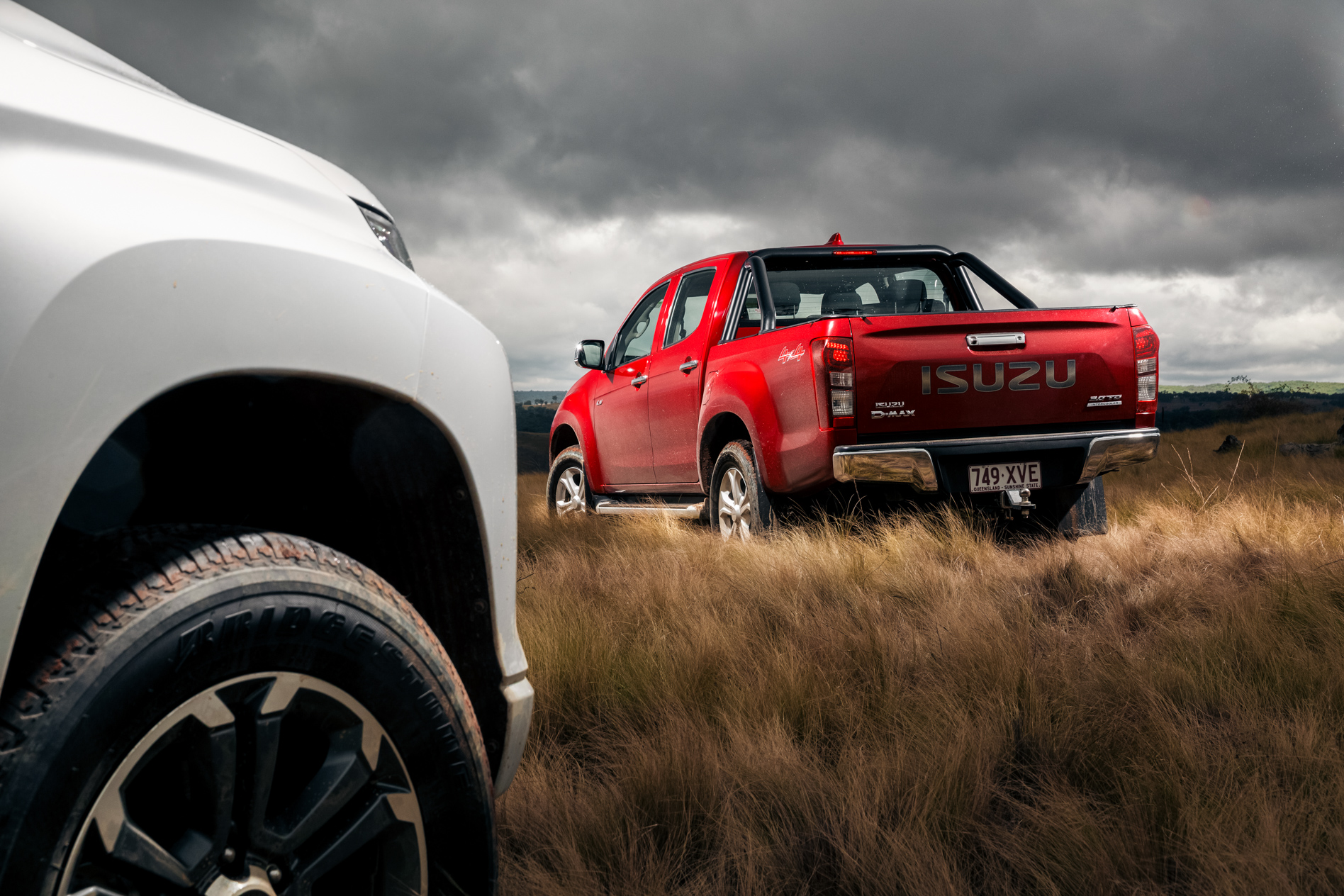
Maneuvering through metropolitan areas may be tricky for less experienced or confident drivers and you’ll need more space to park whether that’s at the supermarket or in your garage.
And don’t expect any dual-cab to be particularly rewarding for the driving enthusiast. While there’s a certain enjoyment to be had at the wheel of your own pick up, lots of ground clearance, slow steering and heavy weight means these machines are most at home on the trail, not the race track.
Whats next?
Still interested? If these unique but flexible vehicles sound like they might be the perfect match for your lifestyle, the next step is to start looking at some of the options.
Research is everything so make sure you square away your budget, draw up a list of ‘must haves’ and ‘nice to haves’ turn the page and start browsing the exciting range of dual-cab utes on offer right now.




